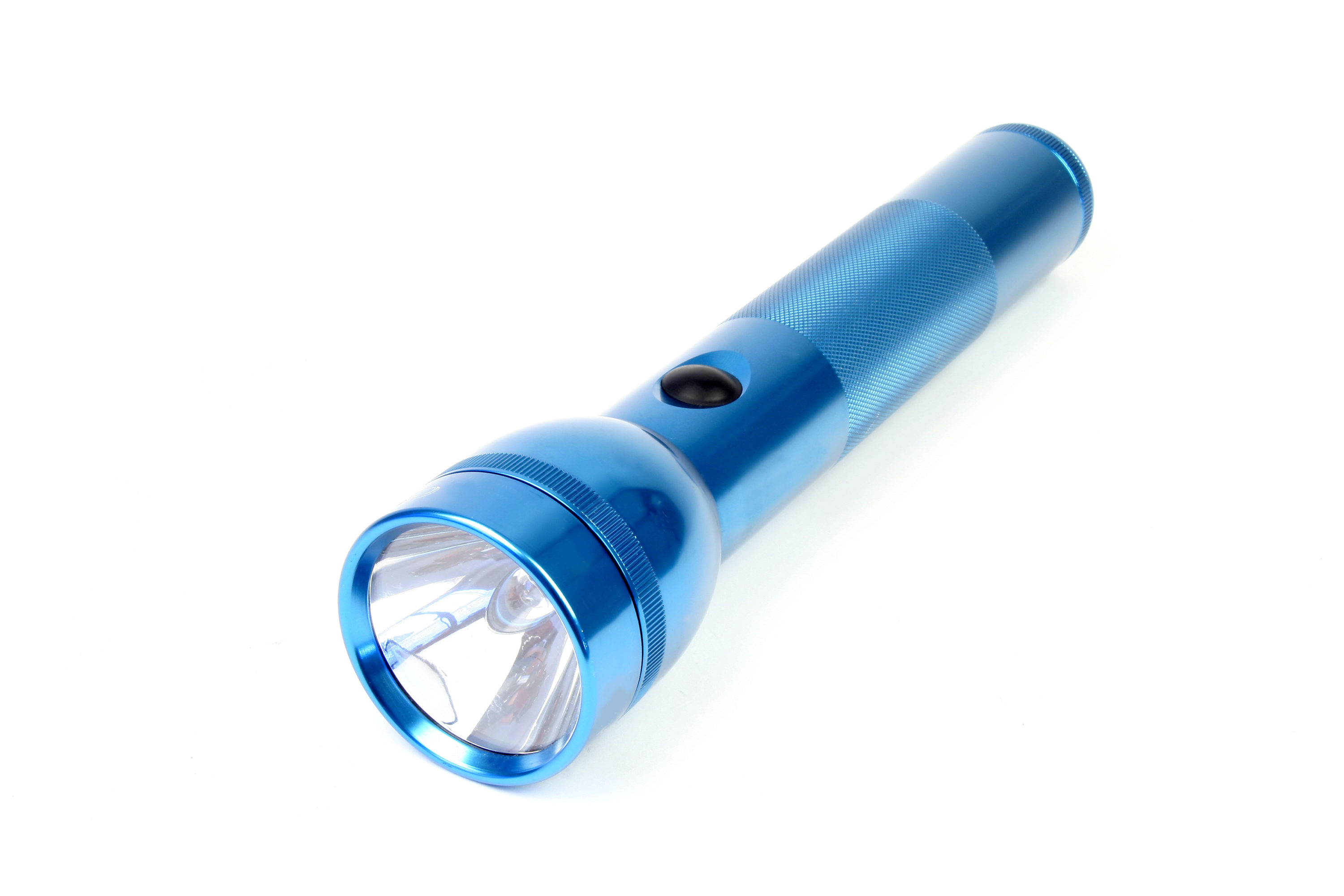Listening to the news lately from California, the world has become aware how fragile the electrical grid has become. Millions of Californians have faced utility power shutoffs to stem the risk of electrical system-induced wildfires. Pacific Gas and Electric has warned that these outages could continue over the next decade. When the power goes out, the anger is palatable among consumers inducing chaos and economic loss.
Among the questions to be answered by California regulators and the utility industry is how can the grid transform to make it more reliable and resilient? The state must accelerate change to the electrical grid to avert further chaos.
The risk is that backup fossil fuel generation is being sold as a quick solution to keeping the lights on but runs the risk of jeopardizing California’s clean energy and carbon reduction goals. Solutions are varied, but key technologies to be deployed include more distributed energy resources like solar, wind, energy storage and the controls that integrate those resources into the grid. Introspective Systems is at the pioneering edge of these solutions.
We are developing autonomous AI controls that help balance the production of distributed generation in real-time while controls on the grid that allow portions of it to disconnect or “island” from the larger grid and keep the lights on. Our flagship project on Isle au Haut is an example of an early implementation of these controls.
Core Solution: Distributed Controls
Our market-based transactive energy controls powered by artificial intelligence algorithms are the core of our solution. In the next year, we will be deploying these solutions in California, Israel, Norway and on Isle au Haut. In the future, microgrids will become commonplace. We envision a time when a series of small areas of grid control or microgrids, in the industry parlance, will protect an entire utility grid. In California, several companies are installing individual microgrids and distributed control technology, but the most significant barrier is regulations.
California and other states are changing their regulations and providing increased opportunities for innovation. New solutions in energy storage, community-based solar, and microgrids, along with utility-managed projects, are providing cost savings by forestalling costly distribution network improvements. New incentives for consumer installed load that is locally controlled to provide services to the grid.
The regulation that will make the biggest difference in driving many of these other solutions will be real-time pricing. We just found a fascinating report by the General Services Administration, the building owner of virtually all of the federal government real-estate. This report studied government electricity bills and the effect of consumer pricing that tracks real-time wholesale pricing. The report found that the government would have saved 14% on their electricity bills. This electricity reduction was without autonomous control of loads that we estimate can reduce electricity bills by another 15%. This regulation change will incentivize smart heat pumps (like those used in Isle au Haut) that shift their load from peak load to daytime when solar is at its peak better utilizing that solar.
The next ten years will see many technology revolutions like those at Introspective Systems as well as changes in regulations and utility business models. Exciting times!



